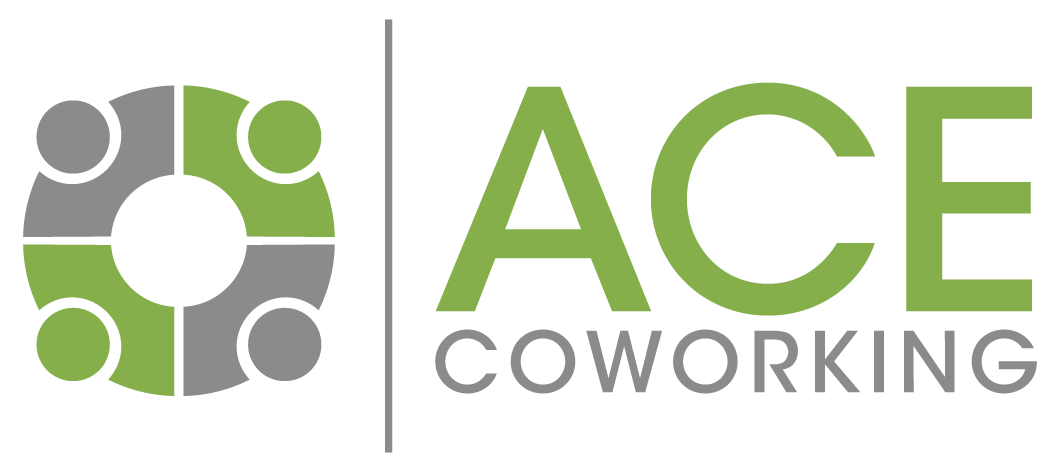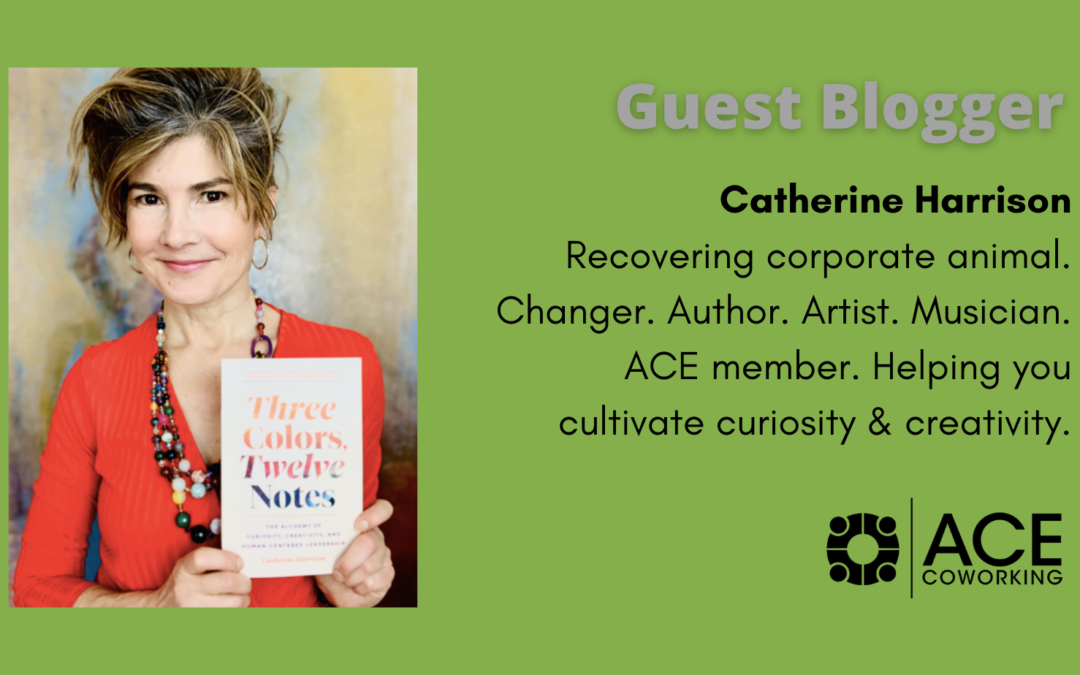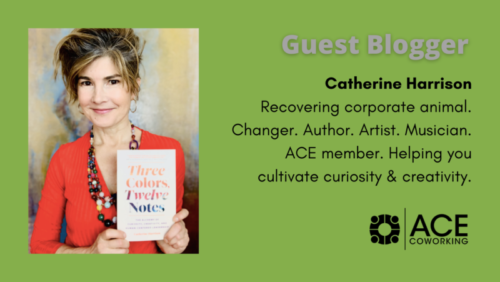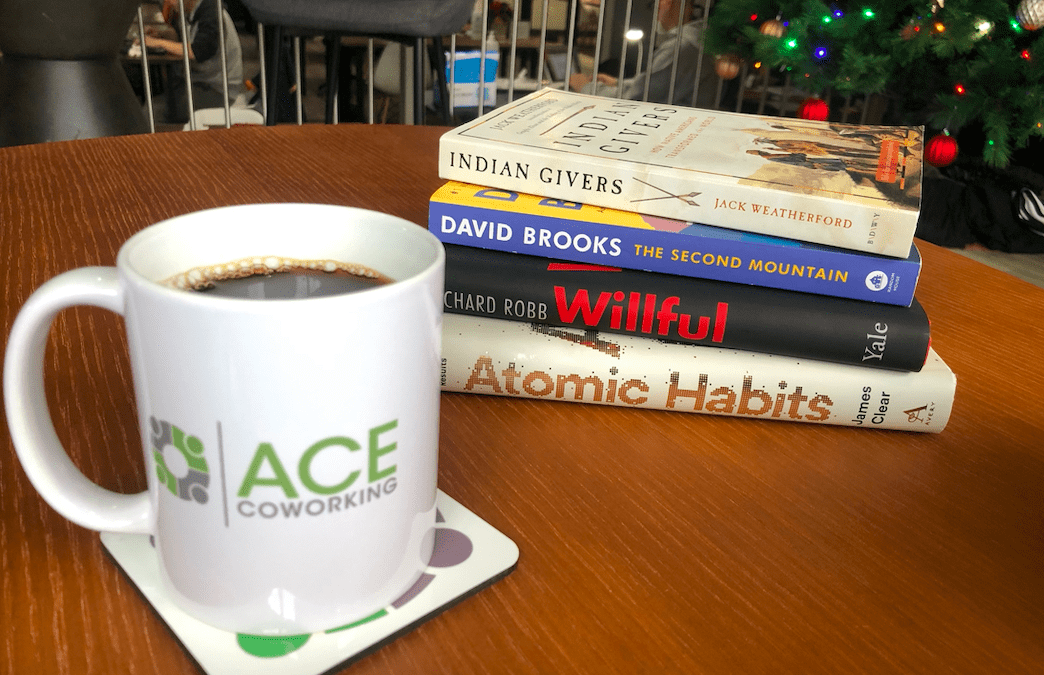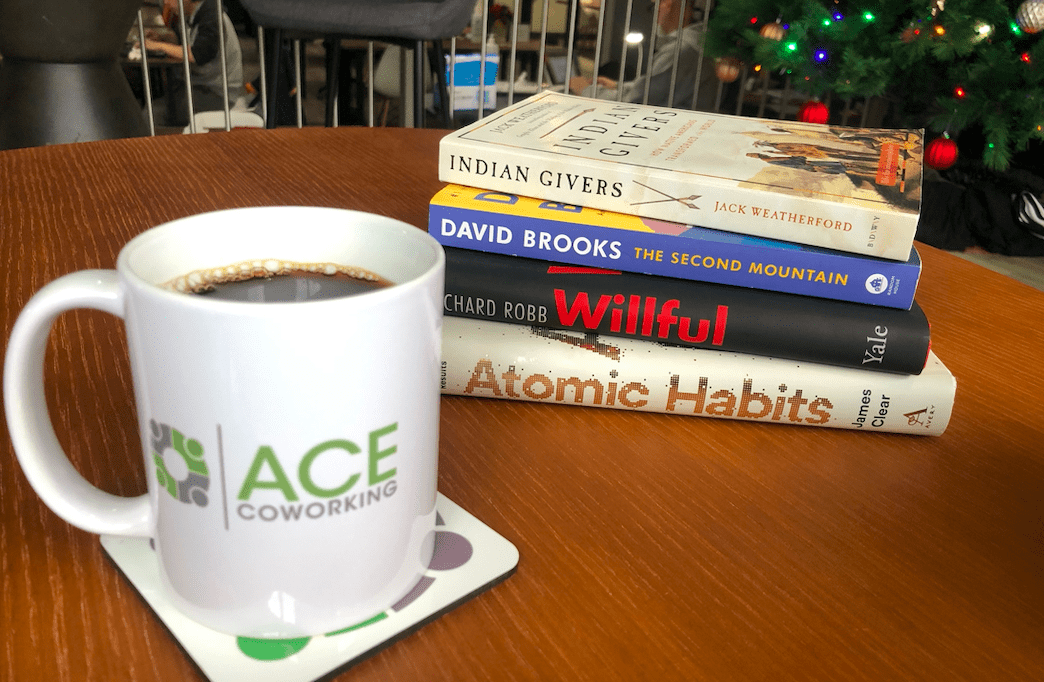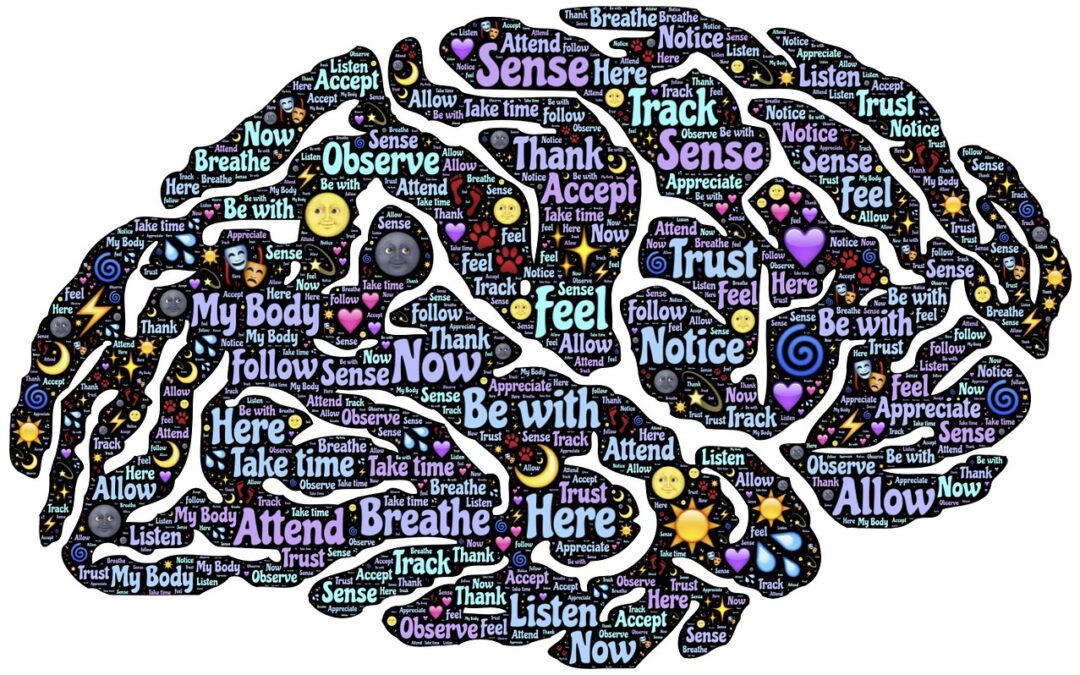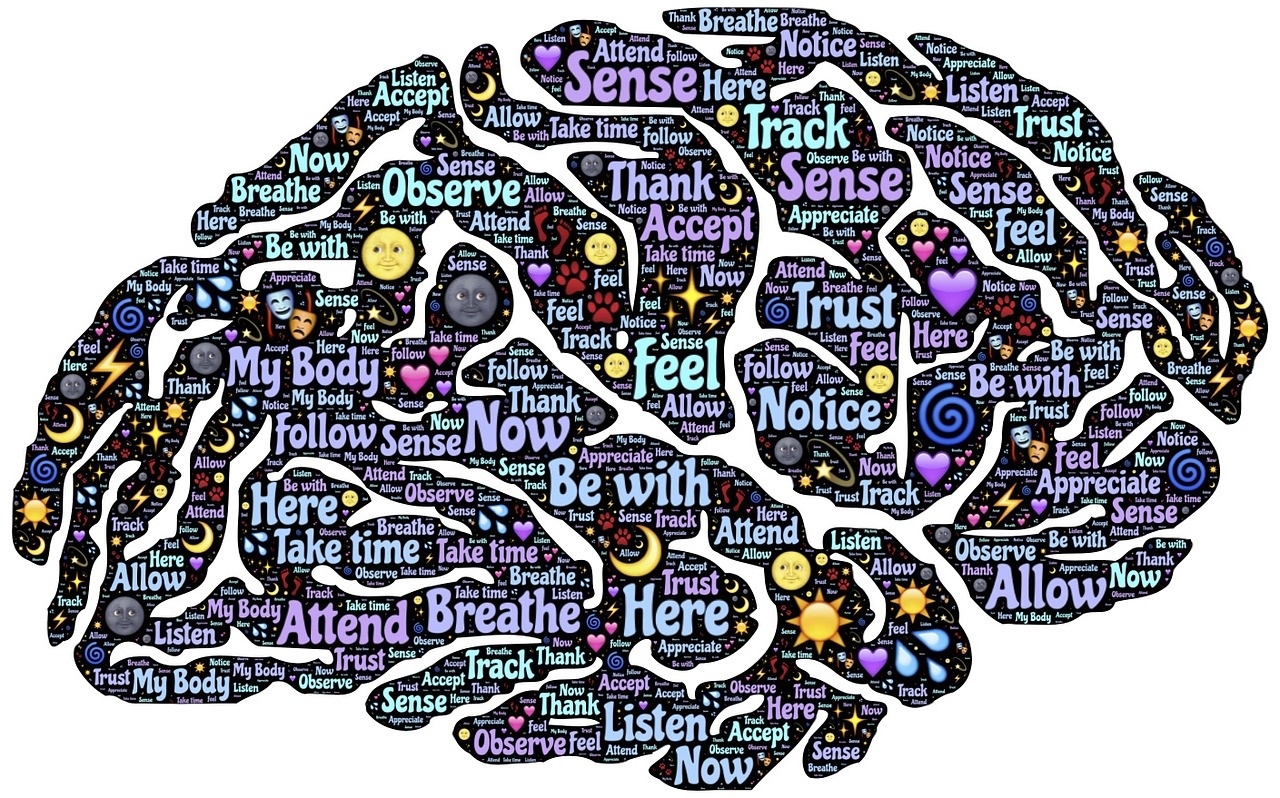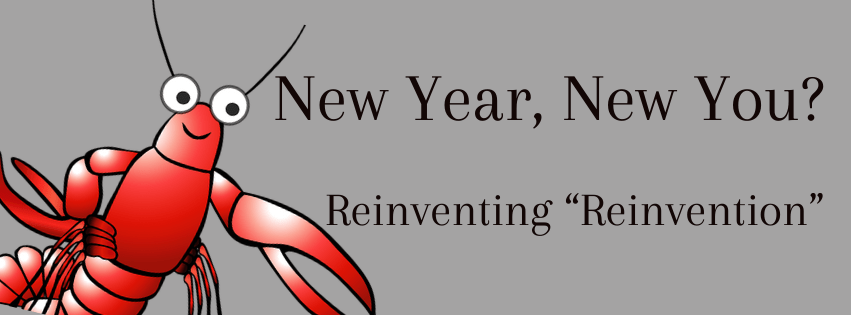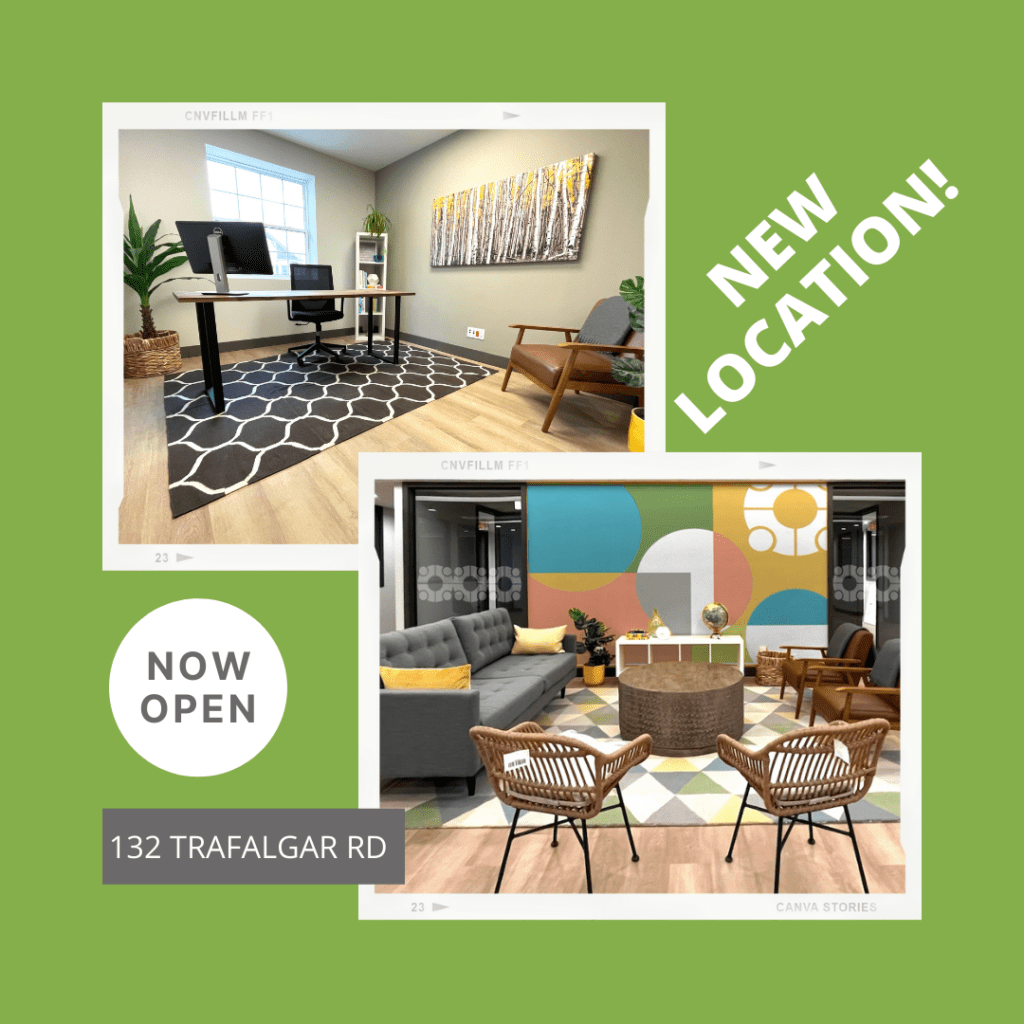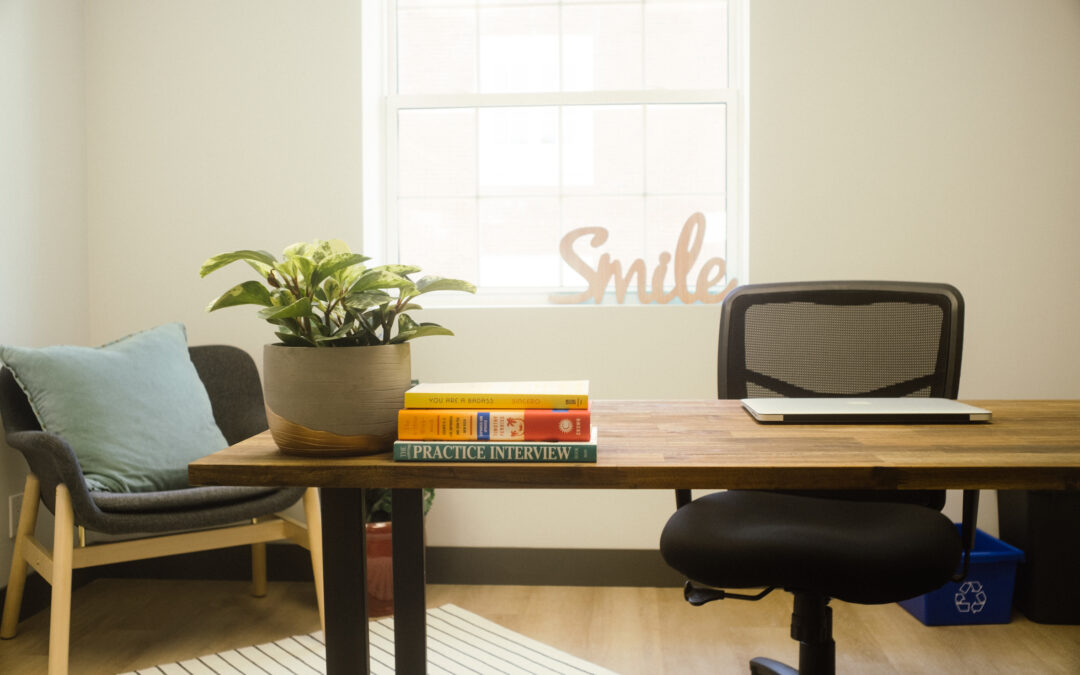
Traditional Office Lease Vs. Coworking Private Office
by Mark Fornasiero
Now that we have finally dug out of the last of our lockdown restrictions, people are looking to make some long-term decisions about how and where they will work. We know that commuting to a central office five days a week is not in the cards for many people. But continuing to have a separate place to work outside of your home is still essential for your mental health, for maintaining a healthy boundary between your work and family life, and as a productivity tool. (No distractions like the fridge, Netflix, laundry or pets when you are at an office!)
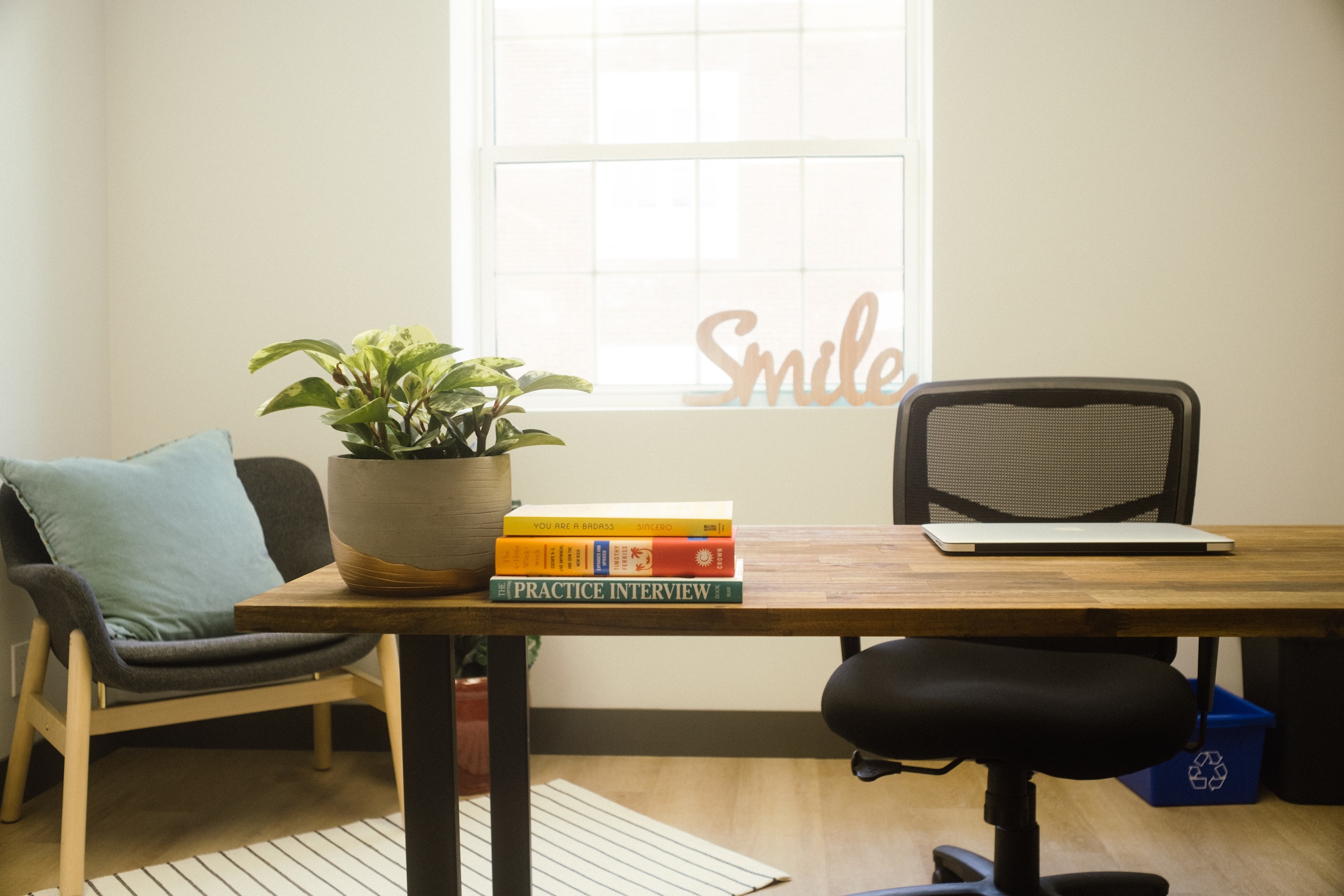
If you’re trying to decide between renting your own private office for you and your team or opting for a managed office space like you’d find in a coworking location, here are a few things to keep in mind:
FLEXIBILITY
Coworking memberships are designed to be flexible, with no long-term commitments like you will find in a regular office lease from a traditional landlord. Typically, an office membership at a shared space is between 6 to 12 months in length. Businesses change, the environment changes (as we know) and knowing that you aren’t on the hook for a 5-year lease will give you great peace of mind.
MORE THAN JUST 4 WALLS
When you take a private office in a coworking space you get much more than four walls and a door. You get access to a great community of like-minded people who value community and are serious about getting work done. At ACE we have a full calendar of events to support our members’ wellness, social life, educational opportunities and business growth. Of course, you can make as much use of these events as you choose. Whether a member likes to attend a little of everything or prefers to keep their head down and work, it’s nice to know the opportunity to connect is there if they want it.
SPACE & OPTIONS
A good shared office space will have lots of places for you and your team to work other than just your office. Boardrooms, lounges, café areas and phone booths are all at your finger tips at ACE Coworking and at most well-appointed spaces. Make sure you book a tour before signing up to check all these out.
PEACE OF MIND
If you’re considering an office lease with a traditional landlord, don’t forget that you will still have a lot of other expenses and jobs ahead: you’ll need to arrange your own internet service, cleaning service, schedule the purchase of coffee and office supplies, buy renters’ insurance, and be available when the Amazon delivery shows up. A good coworking space will often have a couple of internet providers to make sure you’re always connected and definitely have someone on site to handle the inevitable IT problems that pop up.
IN A NUTSHELL:
Finding the best way to work as we enter this new, exciting future is an important decision. Make sure you take a holistic view of all the factors that will affect where and how you work. Most coworking spaces with private offices will offer a free trial day where you can see if a shared workspace is a good fit for you. That is probably the best thing you can do to help you make a choice between a fixed, long-term lease and a flexible membership-based shared office space.
Mark Fornasiero is the co-founder of ACE Coworking and the creator of The Clear Insight Program. An avid practitioner of mindfulness meditation, Mark also provides professional consulting to entrepreneurs looking to launch and operate their own independent coworking spaces.
If you’d like to get more inspiration and education from the staff and partners of ACE Coworking, sign up for our monthly newsletter. You’ll also stay up to date on the events we run and the amazing promotions we often offer!
